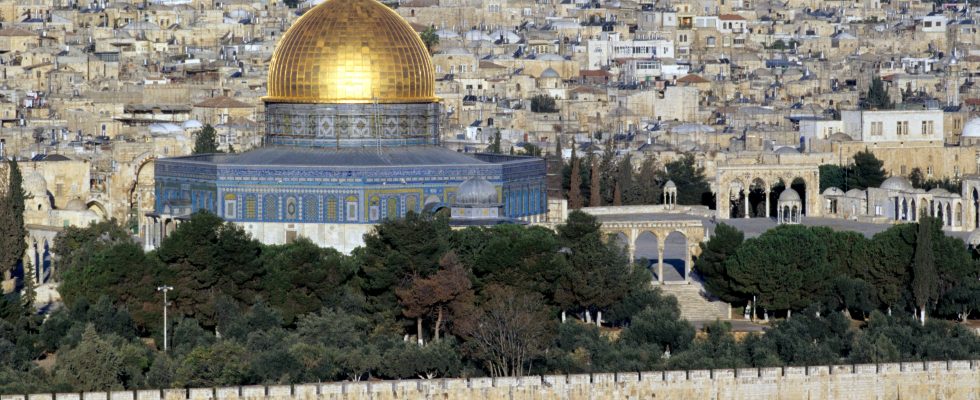For several centuries, from Suleiman the Magnificent to the beginning of the 20th century, the Sublime Porte left Jerusalem. Neither the seat of a sultanate, a provincial government or the slightest military headquarters, nor a zone of heritage, artistic or urban development or preservation, nor the reality of a land use plan other than random. In fact, no empire threatens the city. But, as soon as the victorious British troops entered the Ottoman Turkish army in December 1917, Jerusalem once again became a place to be conquered.
On the one hand, the Zionist movement – Zion embodies Jerusalem in the Bible – makes it the physical and political centrality of the Yishuv, the Jewish national home. On the other hand, the Arab nationalists of Palestine reject not only the mandate on Palestine given by the League of Nations in London (1921), but also and above all the economic and demographic progression of the Zionist Jews. And that’s without taking into account the Crown, convinced that the cramped territory would have to be shared between Jews and Arabs, but who wanted to maintain a preponderant influence in the city. Everyone will play with their weapons…
Since the years 1870-1880, the Zionist movement has built charitable, hospital, spiritual and university institutions on the western outskirts of the city (the Old City, enclosed within its Suleimanesque ramparts from the beginning of the 16th century, offers little space), as well as several residential areas; it is about reconnecting with a centuries-old past, that before the great expulsion and destruction by the Roman armies of Titus and Vespasian in 70, even if the Jewish presence had never ceased in Jerusalem/Yerushalayim for twenty centuries. From the 1930s, Jews once again became the majority in the urban space of the contemporary city.
On the Arab side, diplomacy and violence are used alternately; the Palestine Arab High Committee, soon to be led by the Grand Mufti of Jerusalem/Al-Quds (The Holy) Hadj Amine el Husseini, is trying to get autonomous or independent Arab states to put pressure on London to hinder development Jewish. Furthermore, in 1921, riots broke out against Jews in the city and, in 1936, the mufti launched the great Arab revolt throughout the mandatory area. As for the United Kingdom, in 1937 it tried to impose a partition of Palestine (Peel plan) keeping Jerusalem in the British fold.
Epic battles
On November 29, 1947, the UN adopted its partition plan – accepted by the Zionist Organization, rejected (then militarily opposed) by the Arab High Committee and the States of the Arab League – into two Jewish and Arab states. Jerusalem and Bethlehem constitute a Corpus separatum under international supervision. Throughout 1948, access to the city from the coastal strip (heart of the Yishuv then of Israel) was the scene of epic battles but also of massacres, and, after the Jordanian blockade of the eastern part (including the Old City), the young State of Israel must be content with the western part. He annexed it by proclaiming it the capital, while Jordan annexed the eastern part (as well as the entire West Bank) by expelling the inhabitants of the Jewish quarter. A wall will be erected between the two parties.
Everything changed with the Six Day War of June 1967: Israel conquered the Jordanian part of Jerusalem, “reunified” the city, and quickly built several residential neighborhoods to the north and south of the Old City, on hills overlooking about 100 meters from the city center, then, in the 1970s and 1980s, a belt of settlements further away, but also located on higher ground. The Palestinian national camp, for its part, without an instrument of power on the ground, is trying to condemn Israel for its policy of “Judaization”. In 2020, Israel won a victory on hostile diplomatic terrain, since the United States recognized its sovereignty over Jerusalem. The struggle will continue and, ultimately, only the British have abandoned the idea of possessing the Holy City!
Frédéric Encel, columnist at L’Express, author of a doctoral thesis on Jerusalem, published under the title Geopolitics of Jerusalem (Flammarion, 2009).
.
